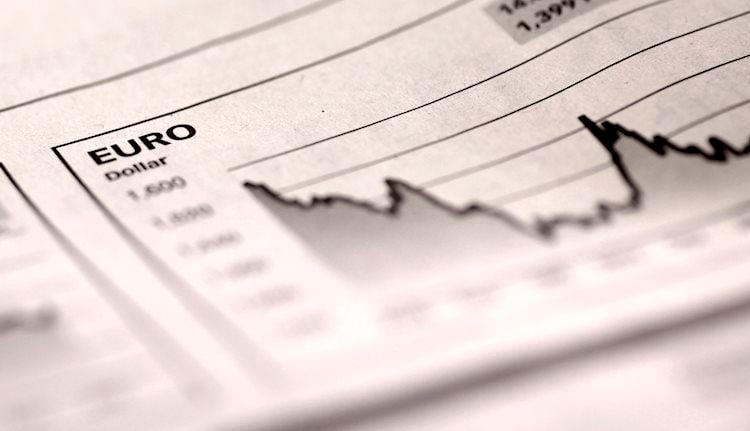- The Euro alternates ups and downs against the US Dollar.
- European stocks keep the bearish tone so far on Tuesday.
- Markets’ attention will be on US Consumer Confidence and Fedspeak.
The Euro navigates a tight range against the US Dollar, motivating EUR/USD to hover around the 1.0950 zone on Tuesday.
On the flip side, the Greenback trades in an equally inconclusive range in the low 103.00s when tracked by the USD Index (DXY), managing to regain some balance following early lows near the 103.00 support.
There are no changes to the monetary policy front, as investors continue to factor in the likelihood of interest rate cuts by both the Federal Reserve (Fed) and the European Central Bank (ECB) at some point in the spring of 2024.
On the domestic calendar, Consumer Confidence in Germany, measured by GfK, improved marginally to -27.8 in December, while Consumer Confidence in France edged higher to 87 in November.
In the US docket, the Conference Board’s Consumer Confidence will take centre stage, followed by the FHFA’s House Price Index.
Additionally, Chicago Fed Austan Goolsbee (voter, centrist), FOMC Christopher Waller (permanent voter, hawk), FOMC Michelle Bowman (permanent voter, centrist), and FOMC Michael Barr (permanent voter, centrist) are all due to speak.
Daily digest market movers: Euro sees its upside potential capped near 1.0960
- The EUR revisits the 1.0950 zone against the USD.
- US and German yields trade in a mixed tone on Tuesday.
- Markets see the Fed starting its interest rate cuts in Q2 2024.
- Investors’ consensus place the ECB extending its pause until H2 2024.
- BoE’s Dave Ramsden sees upside risks to UK inflation.
- ECB’s Joaquim Nagel does not rule out rate hikes if inflation picks up pace.
- RBA’s Michele Bullock kept the cautious tone earlier in the Asian session.
Technical Analysis: Euro appears well supported by the 200-day SMA
EUR/USD’s upside momentum appears so far limited by the area of monthly highs in the 1.0960-1.0965 band.
The November high of 1.0965 (November 21) is now the immediate goal for bulls ahead of the critical 1.1000 level. Further north, EUR/USD might face resistance around the August top of 1.1064 (August 10) and another weekly peak of 1.1149 (July 27), both of which precede the 2023 high of 1.1275 (July 18).
In the meanwhile, any corrective dips should find support initially at the key 200-day SMA at 1.0812, followed by the temporary 55-day SMA at 1.0665. South from here comes the weekly low of 1.0495 (October 13) prior to the 2023 low of 1.0448 (October 3).
Overall, the pair’s chances should remain strong as long as it stays above the 200-day SMA.
ECB FAQs
The European Central Bank (ECB) in Frankfurt, Germany, is the reserve bank for the Eurozone. The ECB sets interest rates and manages monetary policy for the region.
The ECB primary mandate is to maintain price stability, which means keeping inflation at around 2%. Its primary tool for achieving this is by raising or lowering interest rates. Relatively high interest rates will usually result in a stronger Euro and vice versa.
The ECB Governing Council makes monetary policy decisions at meetings held eight times a year. Decisions are made by heads of the Eurozone national banks and six permanent members, including the President of the ECB, Christine Lagarde.
In extreme situations, the European Central Bank can enact a policy tool called Quantitative Easing. QE is the process by which the ECB prints Euros and uses them to buy assets – usually government or corporate bonds – from banks and other financial institutions. QE usually results in a weaker Euro.
QE is a last resort when simply lowering interest rates is unlikely to achieve the objective of price stability. The ECB used it during the Great Financial Crisis in 2009-11, in 2015 when inflation remained stubbornly low, as well as during the covid pandemic.
Quantitative tightening (QT) is the reverse of QE. It is undertaken after QE when an economic recovery is underway and inflation starts rising. Whilst in QE the European Central Bank (ECB) purchases government and corporate bonds from financial institutions to provide them with liquidity, in QT the ECB stops buying more bonds, and stops reinvesting the principal maturing on the bonds it already holds. It is usually positive (or bullish) for the Euro.
